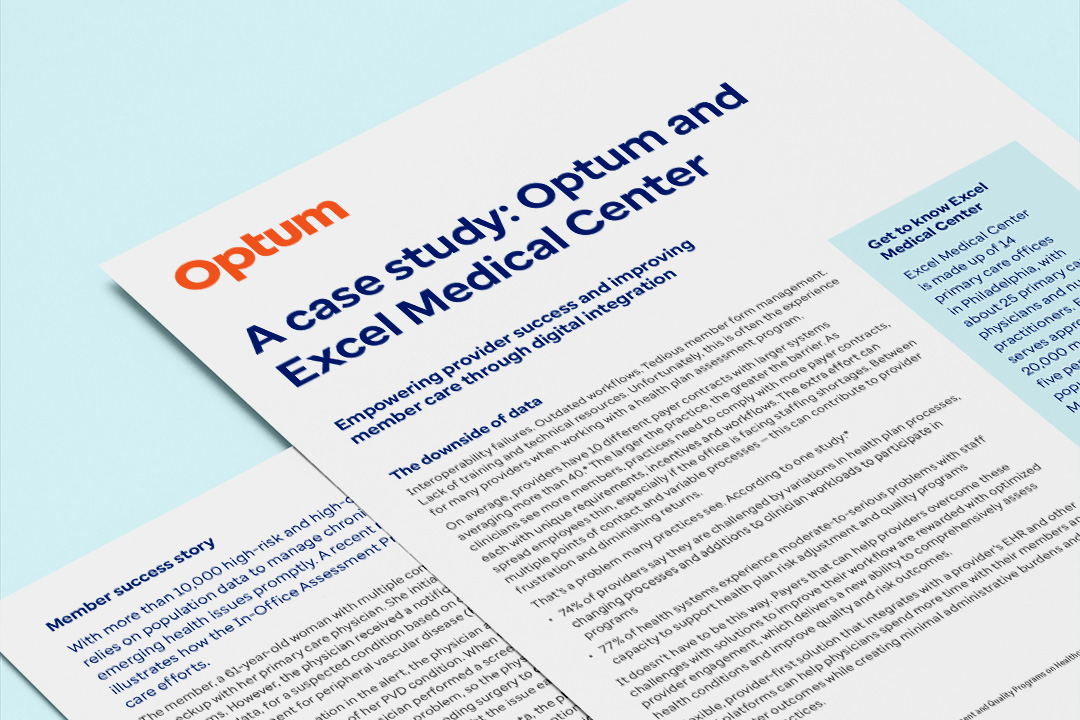The latest estimate for total health spending in the U.S. reached a staggering $4.8 trillion in 2023, according to the Centers for Medicare & Medicaid Services (CMS). This exponential growth in healthcare costs is putting immense pressure on provider organizations across the country. As a leader of your provider organization, you are likely facing the daunting challenge of reducing these healthcare costs while still delivering high-quality care to your patients.
What’s the solution to this growing concern?
One of the most effective strategies to manage and reduce healthcare costs is through the use of risk adjustment analytics. These analytics provide valuable insights into the health status of your patient population, helping you to identify which members are in most urgent need of care. By pinpointing high-risk patients early on, your organization can intervene with targeted care plans that prevent costly hospitalizations and chronic condition exacerbations, ultimately leading to better health outcomes and lower overall costs.
If you’re interested in learning how you can implement advanced analytics at your provider organization, we invite you to download our free 7-step guide. This guide is based on our years of experience working with health plans and providers, offering you practical steps to integrate risk adjustment analytics into your daily operations.
Related healthcare insights

Case study
Empower provider success and improve member care through digital integration.

Guide
Accurate HCC codes are essential for effective care management and compliance.

Article
Learn actionable strategies and best practices for effective implementation of coding programs for provider organizations.
